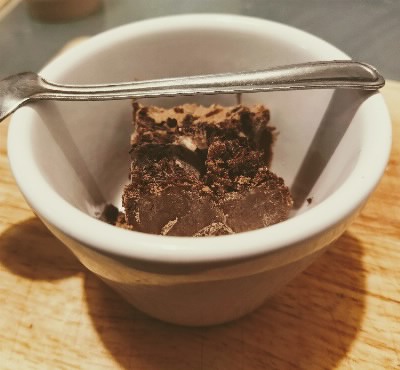I made a largish batch of this recently, during the worst of the summer heat. I’m a big show off, and because I was boasting about this to a colleague, I wound out writing the recipe down.
Ingredients
 1 pint double cream
1 pint double cream 1 pint egg custard
1 pint egg custard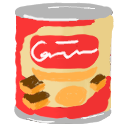 1 300ml tin condensed milk
1 300ml tin condensed milk up to about 1/2 pint of a flavouring of your choice
up to about 1/2 pint of a flavouring of your choice
Whisk the double cream until stiff and peaky, but no further. Fold in the egg custard, and condensed milk.
If you’ve ever folded custard into whipped cream, this is the “standard process”, you absolutely have to avoid knocking the air out. If you haven’t, the emphasis is, fold, don’t stir, and rotate the bowl so you don’t miss sections.
Once the custard and condensed milk are incorporated into the cream, optionally separate into batches (if you’re doing multiple flavours), fold in the flavouring (again, taking care not to knock the air out) transfer to a tupperware container, and refrigerate for at least four hours.
Flavourings I enjoy include:
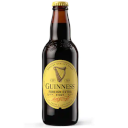 Strong Beer, Guinness Foreign Extra Stout is good
Strong Beer, Guinness Foreign Extra Stout is good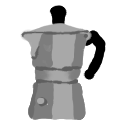 Strong Espresso
Strong Espresso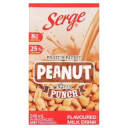 Peanut Punch
Peanut Punch
Egg Custard
Depending on your stance on recombinant cuisine, you may find it more convenient to use box custard; “Box Custard Ice Cream” is a fraction of the work, and tastes very similar. This is especially true if you’re using a strong flavouring.
If you want to make your own custard, this is my process
 1 pint whole milk (for a richer custard use half single cream, half milk)
1 pint whole milk (for a richer custard use half single cream, half milk) 3-4 tablespoons Caster Sugar
3-4 tablespoons Caster Sugar 4-6 egg yolks
4-6 egg yolks
In a mixing bowl, add the egg yolks and sugar, and whisk to combine.
In a saucepan, heat the milk to a simmer.
If you wanted to create a vanilla custard, you would add the vanilla to the milk while heating. If you did this, and left the ice cream otherwise plain, you would make vanilla ice cream.
Once heated, remove the milk from the heat, and slowly add this to the egg-sugar mixture, stirring with an egg whisk as you go.
Go very slowly at first, tablespoons at a time, you don’t want to scramble the egg, but you can speed up as you go.
Once the milk and eggs are combined, return the mixture to the saucepan.
Keep the saucepan over a low heat, stirring constantly until the custard thickens.
Paying sufficient attention to the custard at this stage is vital, if you don’t stir it constantly, the eggs will scramble onto the bottom of the pan. You can test the thickness by dipping a cold spoon into the custard, when thickened, the custard should coat the back of the spoon.
Once cooked, remove from the heat, transfer the custard to a bowl, and cover with clingfilm, and chill (the custard will take about an hour to chill, but can be made a day in advance. You should aim for the clingfilm to cover the surface of the custard, touching it directly, in order to prevent a skin from forming.
